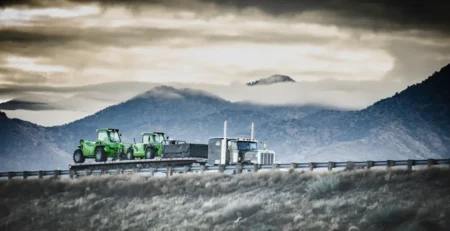India Moves to Protect Its Steelmakers with Five-Year Tariff on Vietnamese Imports

India has decided to draw a line in the sand for its steel industry.
After months of complaints from local mills about underpriced shipments from Vietnam, New Delhi has imposed a five-year anti-dumping duty on several grades of cold-rolled and galvanized steel used in cars, appliances, and construction.
The measure, announced by the Directorate General of Trade Remedies, will remain in force until 2030 unless a new review changes the rate. Officials say the decision was taken after investigators confirmed that imports from Vietnam were landing in India below cost, pushing domestic prices down and squeezing mill margins.
“We’re not shutting out trade,” one senior official said in Delhi. “We’re restoring balance to a market that had tilted too far.”
The timing reflects a delicate moment for India’s industrial policy.
Domestic steelmakers—many of whom borrowed heavily during the last capacity expansion—have struggled with rising energy prices and slower demand from real estate and infrastructure projects. By imposing duties now, the government is trying to shore up profitability without igniting inflation.
Analysts estimate that the move could lift domestic steel prices by around 4 percent over the next quarter, modest enough to protect producers while limiting fallout for end users. Automotive and construction firms, however, warn that higher costs could feed into project delays or smaller margins on export contracts.
Importers are already seeking alternative suppliers in Japan, South Korea, and the Middle East, which could alter established shipping routes along India’s west coast. For freight forwarders and ports, that means a shift in cargo origin points rather than an outright drop in tonnage.
The decision is part of a broader trend: India has quietly become more assertive in defending its industrial base, with similar measures recently applied to aluminum from China and stainless steel from Malaysia. Policymakers see it as a test of resilience—how to stay open to global trade while protecting the foundations of domestic manufacturing.
In a global market where price wars often decide survival, India is signaling that fairness, not volume, will set the terms of its next growth phase.
The post India Moves to Protect Its Steelmakers with Five-Year Tariff on Vietnamese Imports appeared first on The Logistic News.
Share this post
Related
Posts
Onboard cameras: technology alone is insufficient in the absence of a true policy
The problem of cameras mounted on trucks was discussed at the Trimble Insight 2025 trade exhibition mainly from the aspect...
United States: Crackdown on Foreign Drivers Threatens Agricultural Workforce
A new regulatory battle is brewing at the heart of American agricultural logistics. The strict enforcement of a Federal Motor Carrier...
Hong Kong Air Cargo opens a new series of charter flights to East Midlands Airport
The air bridge between Asia and the UK’s heartland continues to thicken. Hong Kong Air Cargo has launched a series...
APM Terminals bets $550M on a new container terminal in Bangladesh
Bangladesh has just taken a significant step in modernizing its maritime corridors. The government has signed a concession agreement with APM...





